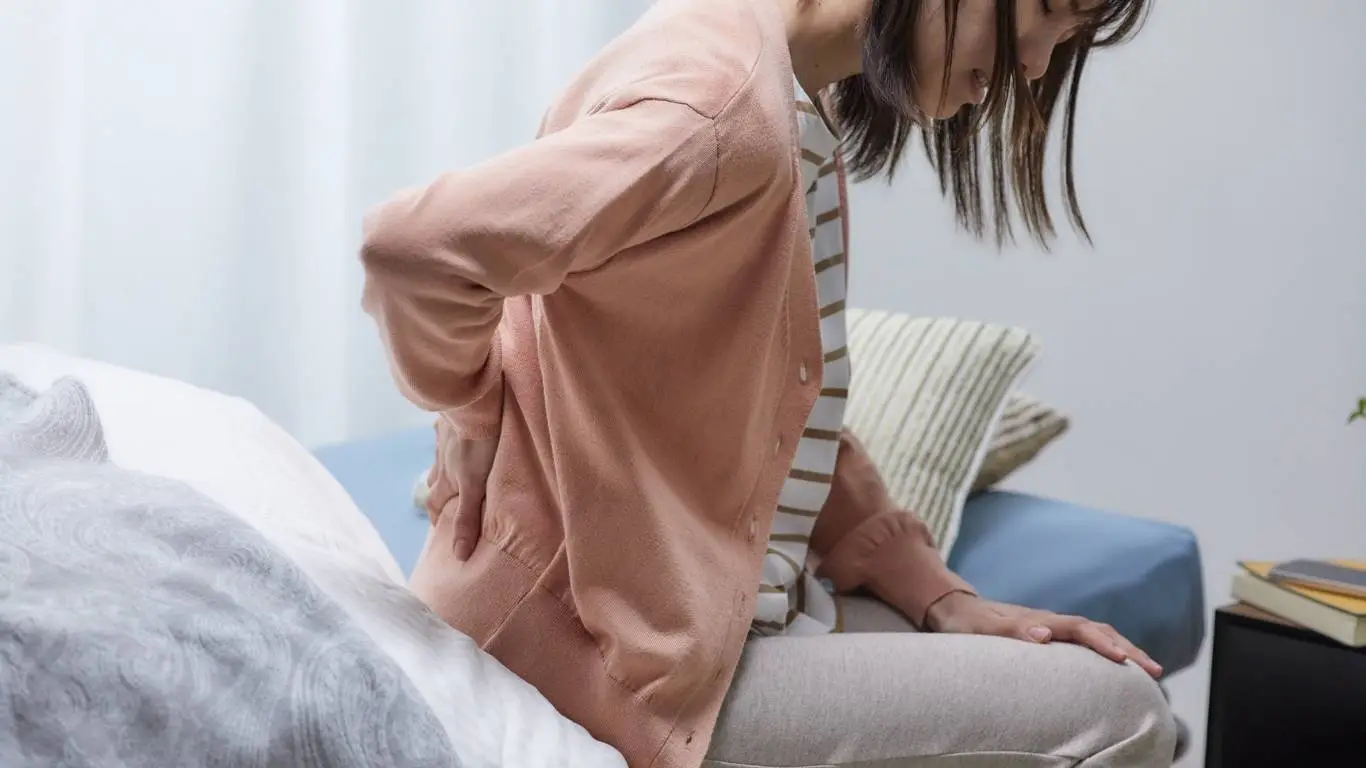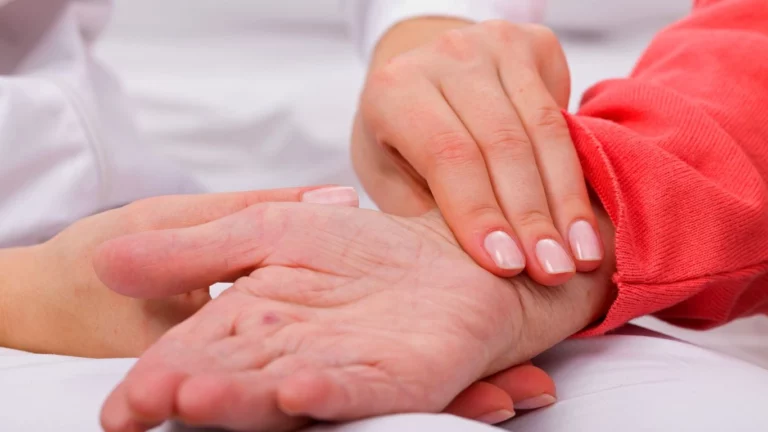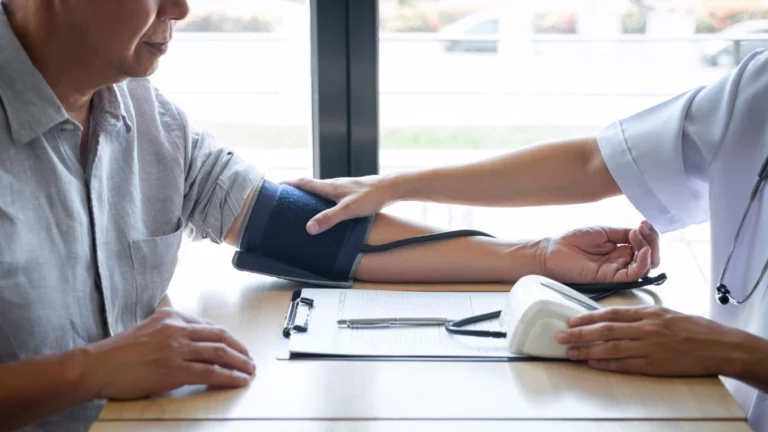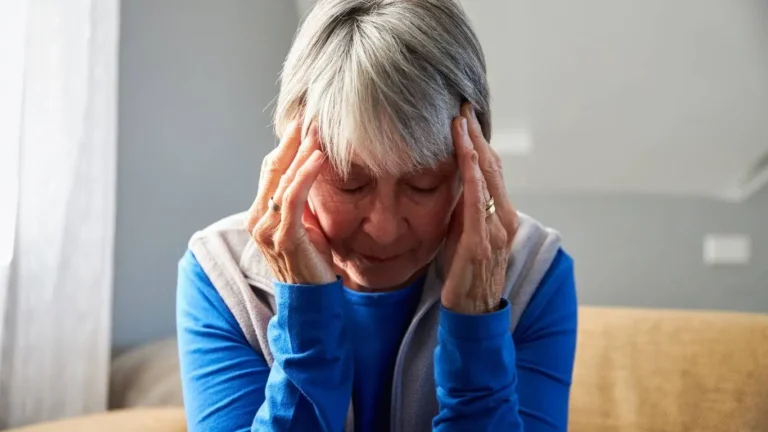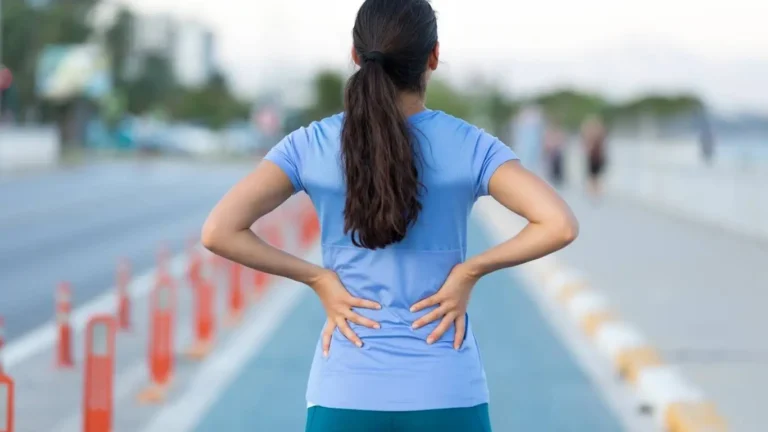Why Psoas Muscle Tightness May Be Wrecking Your Back Health
For years, I couldn’t quite figure out why my lower back kept flaring up—especially after long hours at my desk or intense workouts. I’d stretch, foam roll, and even switch up my mattress, yet nothing seemed to stick. Turns out, the culprit wasn’t my spine itself—it was a deep core muscle most people barely know exists: the psoas. Once I started understanding how psoas muscle tightness connects to back pain, everything changed.
What Is the Psoas Muscle and Why It Matters for Your Back
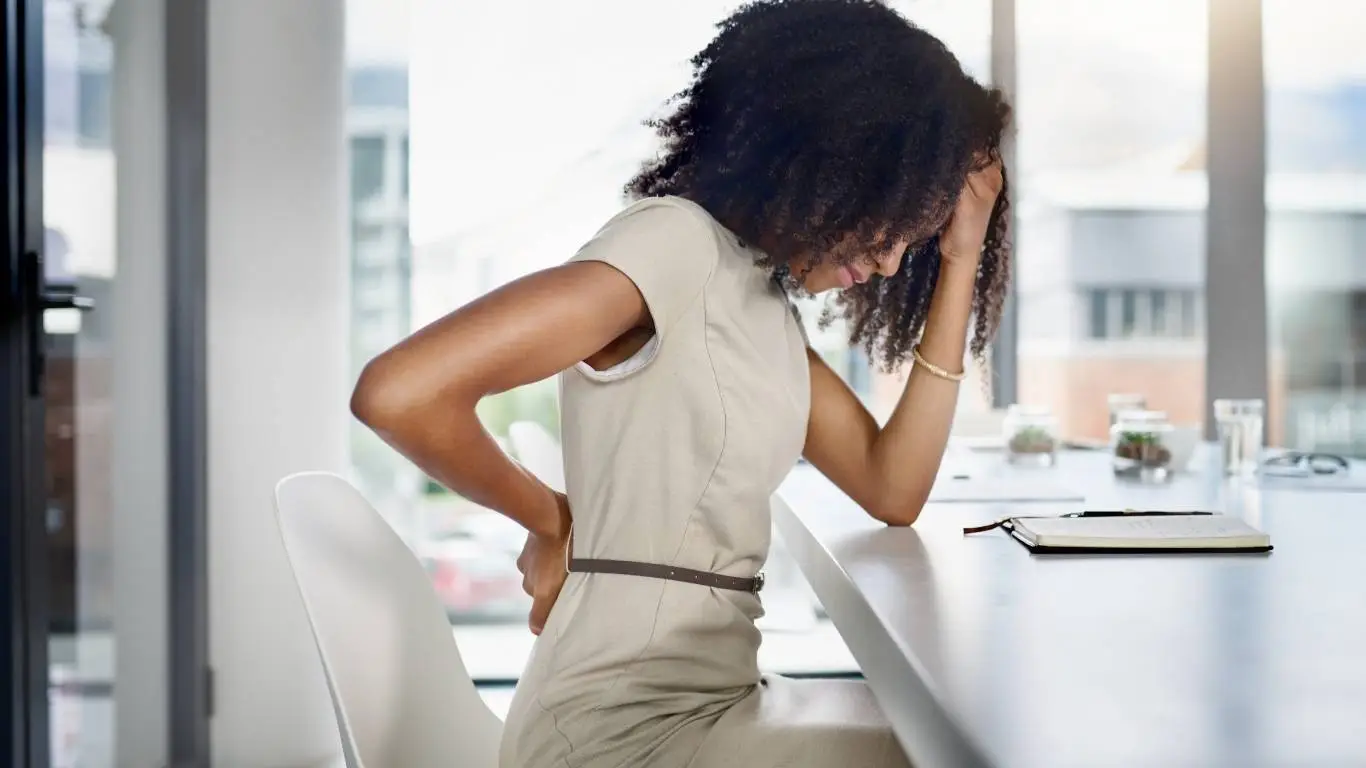
The psoas muscle (pronounced SO-as) runs from the lower spine, through the pelvis, and attaches to the femur. It plays a huge role in stabilizing the lumbar spine and flexing the hip. Think of it as the bridge between your upper and lower body. If it’s tight, short, or overused—which happens more often than you’d think—it can pull on the lower back, mess with your pelvic alignment, and cause significant discomfort or chronic pain.
Honestly, I thought I was keeping my core strong, but I completely ignored the imbalance issues that a locked-up psoas can create. Once that muscle goes into “protection mode,” it can become stiff as a board and refuse to release, especially if you sit all day or skip proper cool-downs after training.
Common Causes of Psoas Tightness (and How They Sneak Up On You)
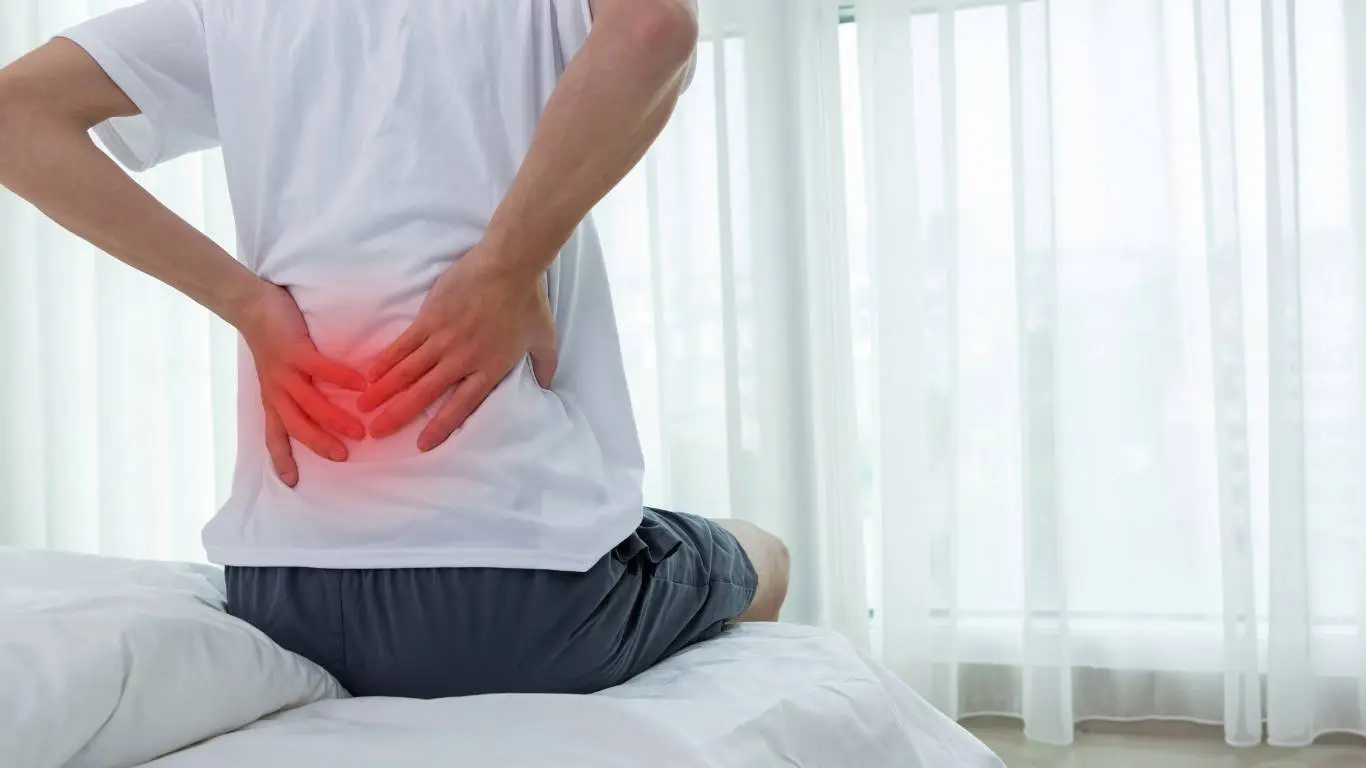
One thing I wish more people knew: your psoas doesn’t just tighten up after workouts—it tightens up during daily habits that feel completely harmless.
Sitting for Long Periods
If you’re like me and work at a desk for most of the day, you’re probably dealing with some level of psoas contraction right now. Sitting keeps the psoas in a shortened position, which eventually trains it to stay there—even when you stand up. That tension then pulls on your spine and pelvis, causing compensations and pain.
Unbalanced Workouts
Focusing too much on crunches and not enough on hip mobility? That’s a recipe for disaster. I found that adding movements like dynamic lunges and yoga poses for hip opening helped reverse the tightness faster than foam rolling ever did.
Emotional Stress
This one surprised me the most. According to sources like ncbi.nlm.nih.gov, the psoas is highly reactive to emotional stress. Chronic tension, anxiety, or even unresolved trauma can cause the muscle to tighten and stay guarded.
How Tight Psoas Muscles Trigger Back Pain
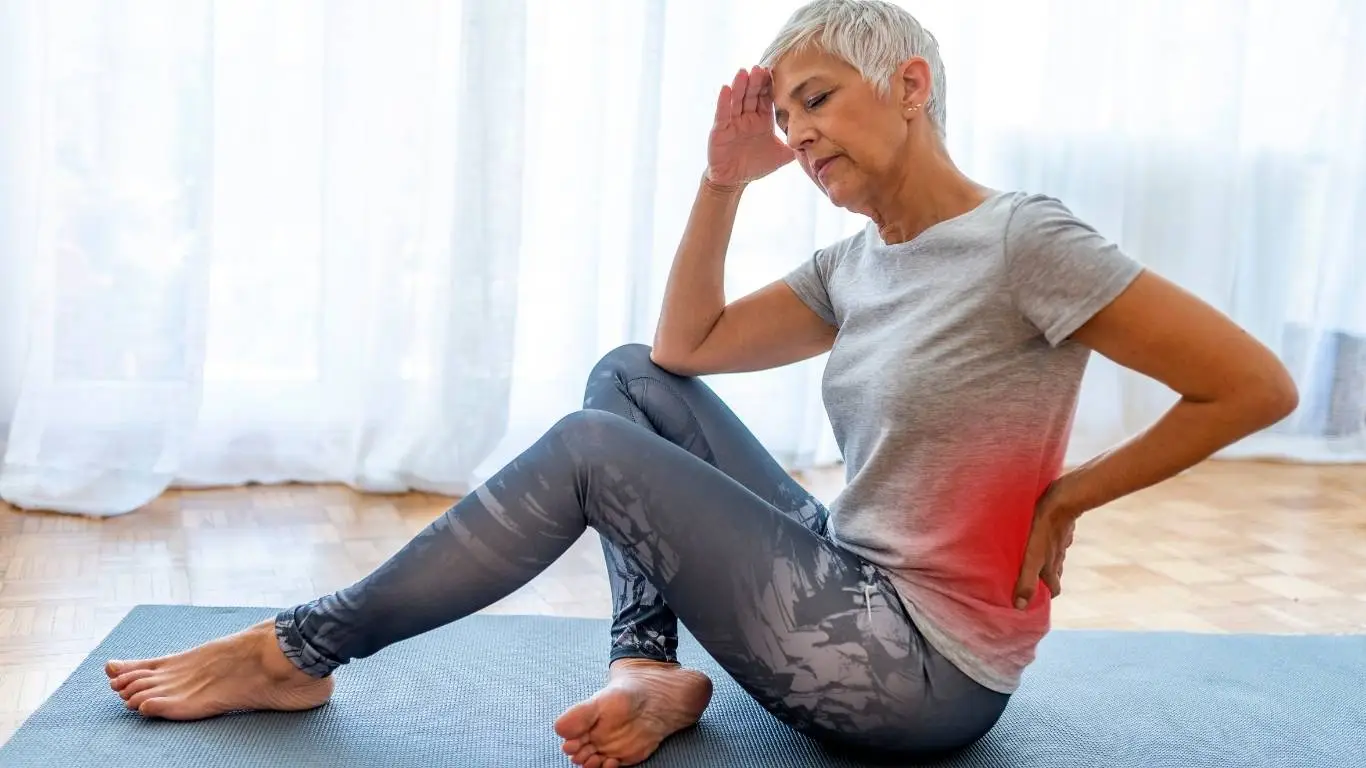
Here’s where the back pain comes in. When your psoas stays short and contracted, it creates a forward tilt in your pelvis—this is called anterior pelvic tilt. That tilt compresses the lumbar spine and throws off spinal alignment. Over time, it leads to:
- Persistent lower back aches
- Increased lumbar disc pressure
- Compensatory tightness in the hamstrings and glutes
- Nerve impingement or sciatic-like symptoms
I used to chase treatments targeting the back directly—massage, adjustments, even injections. But once I focused on releasing the psoas and stabilizing my hips, I finally experienced relief that lasted more than a few days.
How to Know If Your Psoas Is the Problem
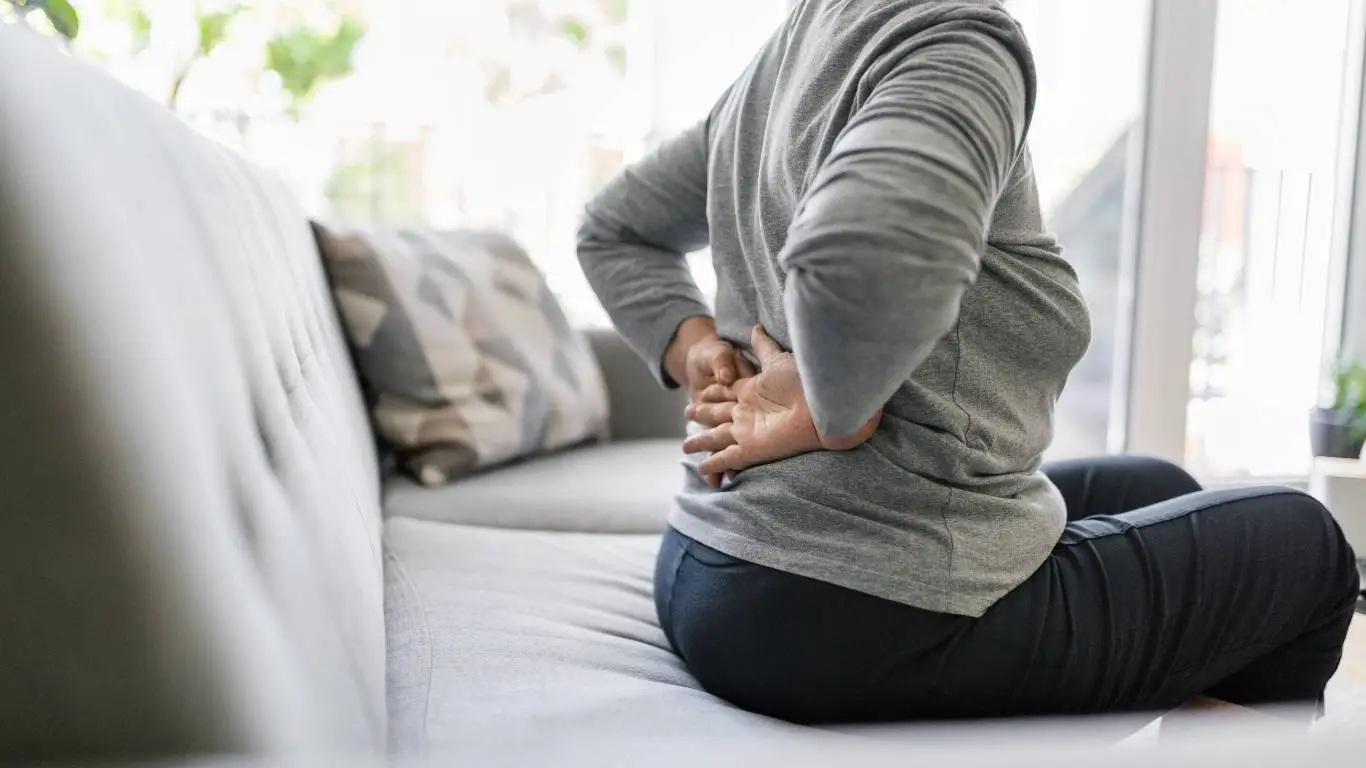
You don’t need an MRI to know your psoas is tight (although advanced imaging like MRIs can rule out structural issues). Some classic signs include:
- Lower back pain after sitting for long periods
- Hip stiffness that makes walking or lunging uncomfortable
- Uneven leg length or tilted pelvis
- Feeling like you’re leaning forward slightly when standing
A quick self-test? Lie on your back on a flat surface with one leg hanging off the edge (like on a bed or table). If the hanging leg can’t drop straight down easily, there’s a good chance your psoas is locked up.
Best Ways to Release and Strengthen the Psoas Naturally

Here’s what actually worked for me—not gimmicks, but consistent, intentional movement and posture correction.
Stretching and Mobility Work
- Low lunge hold (with arm reach overhead)
- Pigeon pose or figure-four stretches
- Leg swings and hip circles to improve range of motion
These movements help lengthen the psoas and restore hip flexibility. I added them as a warm-up and cool-down to all my routines.
Breathing and Mind-Body Connection
Slow, diaphragmatic breathing helps relax deep core muscles, including the psoas. Believe it or not, I used to hold tension in my gut all day—only when I learned to breathe into my belly did I feel the difference. I also integrated mindfulness and body scans to stay aware of tension buildup.
Postural Awareness
Small tweaks throughout the day—standing desks, walking breaks, and ergonomic seating—help train your body out of chronic contraction patterns. I used a lumbar support cushion that made an instant difference during work hours.
Want to dive deeper into how muscle patterns affect your spine? I highly recommend exploring this breakdown on spinal structure and muscular involvement. It gives a clear map of where things go wrong and why targeting the psoas can be a game-changer.
Also, if you’re just starting your journey into back health, the main back pain resource hub offers a solid foundation with up-to-date insights and expert-backed advice.
Exercises That Actually Work (And Which to Avoid)

Let me save you time from trial-and-error: not every “core” or “hip” exercise helps your psoas. Some may even make it worse. What worked for me (and what many physical therapists recommend) is a blend of gentle lengthening and controlled engagement.
Effective Moves for Long-Term Relief
- Supine psoas march: Lying on your back with knees bent, slowly alternate lifting one leg toward your chest without letting your spine arch. It strengthens the hip flexors without overload.
- Lunge twist: Helps stretch the psoas while also incorporating rotational mobility through the spine.
- Bridge holds: This one surprised me. Glute bridges (done right) reinforce posterior chain strength and reduce psoas dominance.
Try pairing these with a daily mobility ritual. A little goes a long way when you’re consistent. It’s how I went from barely getting through a workday without discomfort to enjoying weekend hikes again.
Avoid These Common Triggers
Surprisingly, some gym staples can aggravate psoas-related back issues if you’re not careful:
- Heavy squats or leg presses done with an arched back
- Sit-ups or V-ups that over-recruit hip flexors
- High-impact cardio like running without a proper warm-up
Not saying you need to quit these entirely, but you might want to modify or reduce them temporarily while you regain mobility.
Daily Habits That Unwind a Chronically Tight Psoas
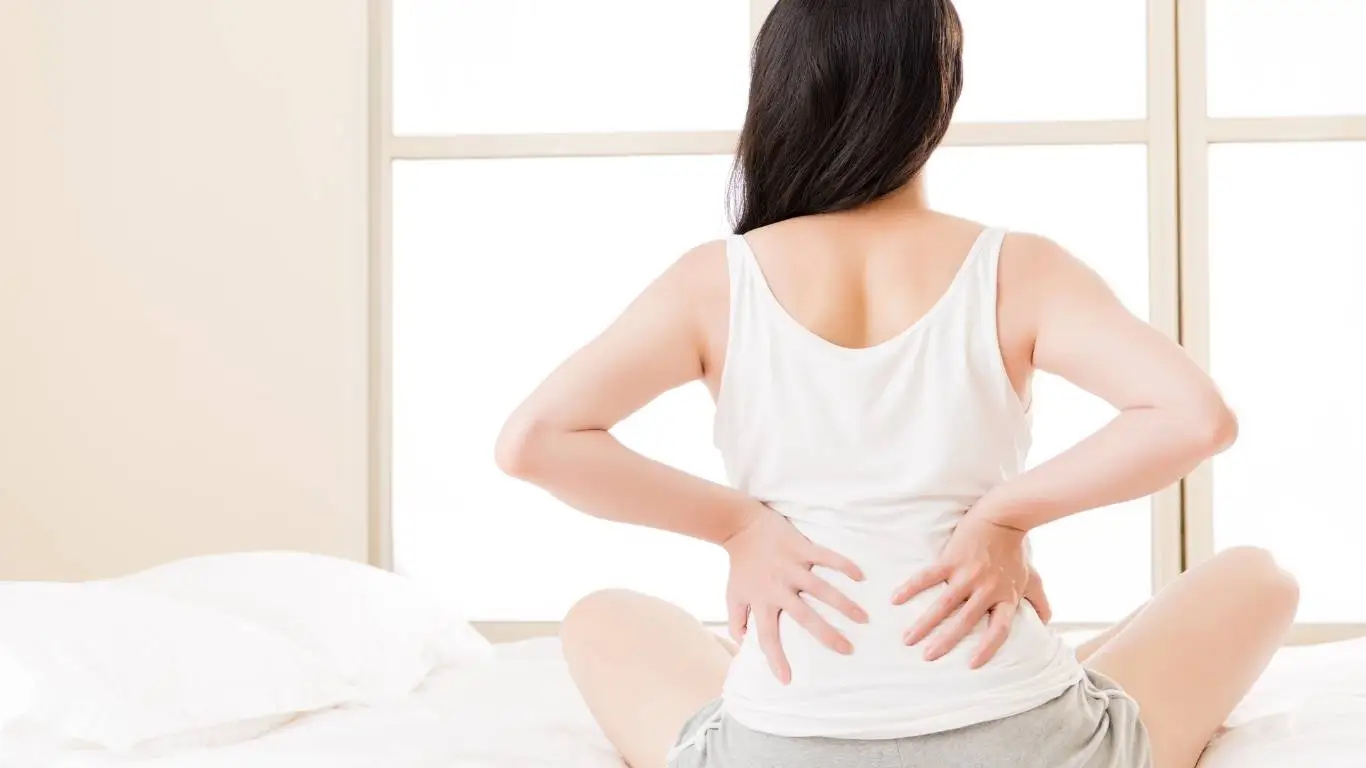
Improving your psoas health isn’t just about what you do in the gym—it’s what you repeat all day long. The longer I ignored these subtle tweaks, the longer my recovery took. Once I paid attention to them, everything changed.
Try These Simple Adjustments
- Switch to a standing desk or alternate between sitting and standing every 30-45 minutes
- Walk barefoot or with proper arch support at home to reduce kinetic chain strain
- Sleep with a pillow under your knees to keep the hips neutral overnight
- Practice diaphragmatic breathing before bed—it helps calm the nervous system and release chronic muscle tension
And if your job keeps you glued to a chair, investing in a supportive lumbar cushion can make all the difference. I started using one during my commute, too. Life. Saver.
When to Seek Professional Help (and What to Expect)
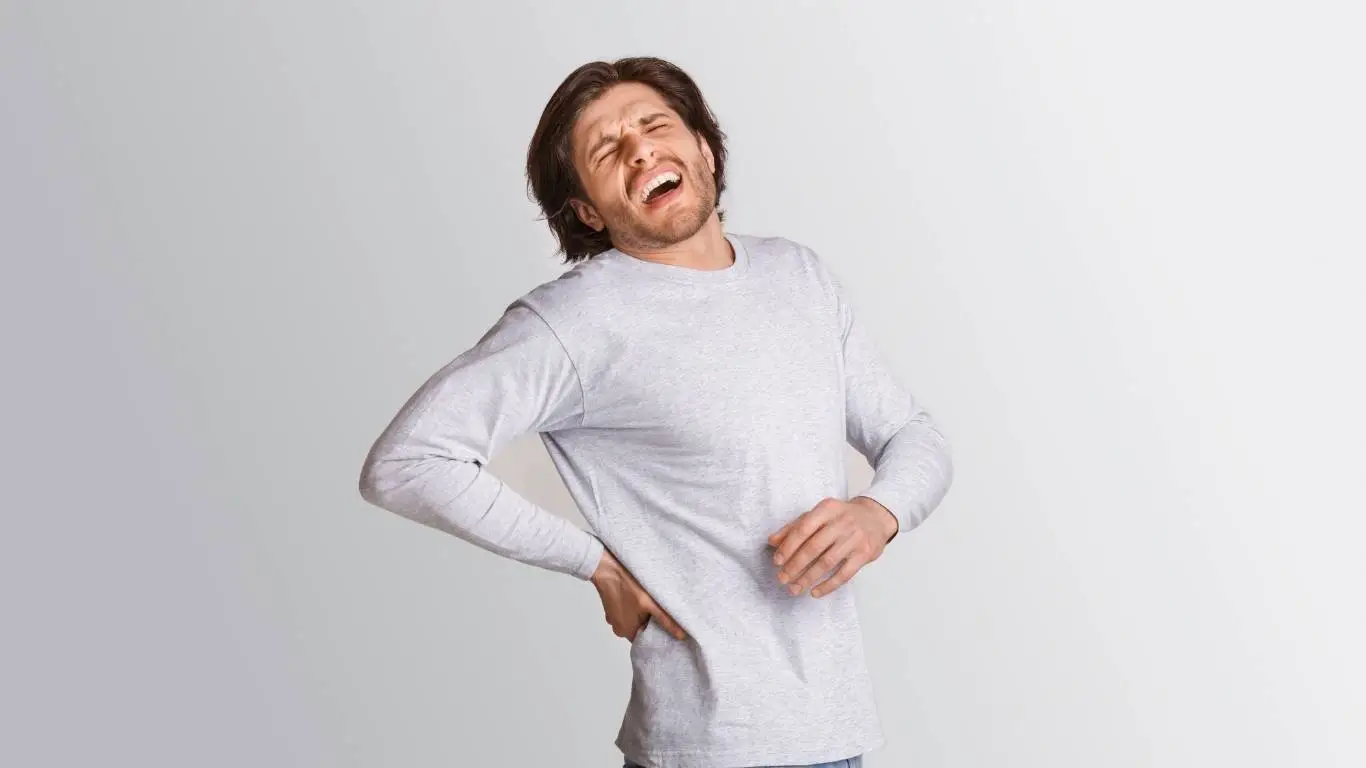
If your pain hasn’t budged after a few weeks of consistent self-care—or if you’re noticing symptoms radiating down your leg—it might be time to bring in reinforcements. A physical therapist can run movement assessments and confirm whether your psoas is the source of the issue.
They’ll often prescribe:
- Manual release techniques for the iliopsoas
- Targeted strengthening for the glutes and transverse abdominis
- Postural training that sticks
Depending on your situation, some people benefit from deeper interventions like osteopathic manipulation or even acupuncture. I was honestly skeptical about these at first, but once I tried them under the guidance of a qualified practitioner, I noticed faster results than with massage alone.
Hidden Connections: Beyond Just Muscles

Here’s something most articles won’t tell you—the psoas is deeply connected to your nervous system and even your internal organs. It sits right beside the kidneys and adrenal glands, and some experts believe chronic stress or trauma can keep the psoas in a constant state of contraction.
That explains why emotional health plays such a massive role in back pain recovery. I started journaling and meditating (just 5 minutes a day), and over time I noticed I wasn’t just moving better—I felt lighter overall.
Resources like this mental-emotional aspect guide helped me understand how stress patterns often show up in the body first.
The Power of Treating the Root, Not Just the Symptoms

It’s easy to chase treatments that feel productive—massages, painkillers, braces—but if you’re not treating the cause, you’ll be stuck in the loop. I was. For years.
Everything shifted when I started paying attention to my movement patterns, daily habits, and nervous system signals. Now, I can tell when my psoas is acting up before it becomes full-blown pain. And I know what to do about it.
For anyone navigating the confusing world of chronic back pain, I highly recommend diving into rehab-based back care strategies that focus on root correction—not just patchwork relief.
And if you’re just getting started on learning what contributes to persistent back issues (beyond just psoas), the main pillar content at healthusias.com/back-pain lays out an excellent knowledge base from anatomy to recovery options.

Camellia Wulansari is a dedicated Medical Assistant at a local clinic and a passionate health writer at Healthusias.com. With years of hands-on experience in patient care and a deep interest in preventive medicine, she bridges the gap between clinical knowledge and accessible health information. Camellia specializes in writing about digestive health, chronic conditions like GERD and hypertension, respiratory issues, and autoimmune diseases, aiming to empower readers with practical, easy-to-understand insights. When she’s not assisting patients or writing, you’ll find her enjoying quiet mornings with coffee and a medical journal in hand—or jamming to her favorite metal band, Lamb of God.
